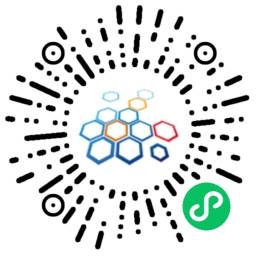签到
立即签到
签到可以获得积分哦!
公告
AI千集是一个智能写作平台
在这里您可以获得本平台自训练的
LLM模型服务
和小伙伴一起玩转AI,做自己的AI机器人
来AI千集,写作快人一步
扫一扫,加入我们

有加群需求的小伙伴,请微信加qianji_ai
千集助理是连通AI学研和就业的桥梁
登陆小程序
获取文案智能写作能力
工作效率瞬间提升

最新答疑更多
-
Bing索引API如何开通?
喜欢 0 评论 1
-
如何解决FileNotFoundError: [Errno 2] No such file or directory: 'pdflatex': 'pdflatex'报错问题?
喜欢 0 评论 1
-
nltk_data里的punkt和punkt_tab在哪下载?
喜欢 0 评论 1
-
希望网站继续下去呀!
喜欢 2 评论 0
-
已经在运行的docker容器,如何实现该容器的开机自启动?
喜欢 0 评论 1
-
想要做基于知识图谱诊断的项目用到的算法是知识图谱推荐那一类吗?
喜欢 0 评论 1
积分排行
 gingo
gingo104 帖子 • 8 评论
1421 13718610631
137186106310 帖子 • 0 评论
997 weilaiweiding
weilaiweiding52 帖子 • 1 评论
821 openoker
openoker157 帖子 • 22 评论
292 boatingman
boatingman0 帖子 • 1 评论
90 toc
toc0 帖子 • 0 评论
60 Van
Van3 帖子 • 0 评论
42 limin1109
limin11092 帖子 • 0 评论
24 shadow
shadow5 帖子 • 0 评论
22 a15013996963
a150139969631 帖子 • 0 评论
21




